Understanding Variable Message Signs
Variable Message Signs (VMS) are an integral part of modern traffic management systems, providing real-time information to motorists. These signs display a range of information, including traffic conditions, road closures, weather alerts, and safety messages. The purpose of VMS is to enhance road safety and improve traffic flow by guiding drivers to make informed decisions about their routes.
Types of Information Displayed
VMS can display a variety of information to assist drivers in navigating the roadways effectively. This includes real-time traffic updates, construction alerts, detour information, weather advisories, and important safety messages. By providing this crucial information, VMS helps drivers make informed choices that contribute to safer and more efficient travel.
The Importance of Variable Message Signs in Traffic Management
Variable Message Signs play a crucial role in enhancing road safety and improving traffic flow within urban road networks. Their effectiveness is dependent on drivers’ route choice behavior and the design and position of the signs may influence lane changing and speed control behaviors. Studies have shown that VMS can help reduce accidents caused by poor visibility, adverse weather conditions, and unexpected hazards.
VMS also contributes significantly to improving traffic system performance by guiding drivers towards routes with lower traffic volumes. This not only benefits individual motorists but also has a positive impact on overall traffic congestion levels.
1. Adhering to State-Specific Regulations for Variable Message Signs
Variable Message Signs (VMS) are subject to state-specific regulations and guidelines governing their use on highways. Understanding the legal framework surrounding VMS is essential for ensuring compliance and effective operation.
Understanding the Legal Framework
The operation of variable message signs on state highways is governed by a complex interplay of federal and state guidelines. While federal regulations provide overarching standards, individual states have the authority to establish specific rules tailored to their unique traffic management needs. It’s crucial for transportation authorities and road operators to be well-versed in both federal and state guidelines to ensure seamless integration of VMS into their traffic management systems.
Key regulations related to the operation of VMS include aspects such as message content, display duration, size, color, and positioning. These regulations are designed to ensure that the information displayed on VMS is clear, and consistent, and effectively communicates important messages to motorists. Additionally, there are specific guidelines regarding the frequency of message updates and maintenance requirements to guarantee the reliability and accuracy of information displayed on these signs.
Examples of State-Specific Guidelines
Case Study: California
California has developed comprehensive manuals for the effective use of variable message signs on its highways. These manuals outline detailed specifications for the design, installation, operation, and maintenance of VMS. They also provide specific guidance on message clarity, font size, color contrast, and language considerations to ensure that messages are easily comprehensible by motorists under varying environmental conditions.
Case Study: New York
In New York, guidelines for the operation and control of variable message signs are outlined in technical assistance reports prepared by transportation authorities. These reports offer insights into best practices for managing VMS along New York’s highways, including recommendations for optimizing message visibility during adverse weather conditions and high-traffic situations.
By examining these case studies from California and New York, it becomes evident that each state has tailored its regulations and guidelines governing variable message signs to address specific regional traffic challenges while prioritizing safety and efficiency.
2. Designing Effective and Clear Messages on Variable Message Signs
Principles of Message Clarity
Variable Message Signs (VMS) play a critical role in conveying essential information to drivers, and the design of the messages displayed on these signs is paramount to their effectiveness. The principle of message legibility and visibility is fundamental in ensuring that motorists can promptly comprehend the information presented. Research findings have highlighted the advantage of single-word messages, particularly for VMSs with a high aspect ratio, emphasizing the need for simplicity and directness in message design.
The nature of VMS signs as electronic displays used on highways, toll roads, bridges, tunnels, and other major roadways underscores the importance of clear and concise message design. The minimum display time per word or unit of information is another crucial principle that guides effective message design on VMS. It dictates that the duration for which an individual phase is displayed should be based on 1 second per word or 2 seconds per unit of information, whichever produces a lesser value.
Best Practices in Message Design
When crafting messages for VMS, it is imperative to ensure readability under varying environmental conditions. The message should be designed to be legible from a minimum distance of 600 feet for nighttime conditions and 800 feet for normal daylight conditions. This aligns with the requirement for VMS to maximize comprehension while minimizing the time required for perception.
In addition to textual content, VMS signs can effectively display symbols and images, providing drivers with quick access to vital information. Best practices also emphasize adapting messages to different situations, including adverse weather conditions and high-traffic scenarios. The aim is to promptly update messages to reflect changing traffic conditions while maintaining clarity and relevance.
By adhering to these principles and best practices in message design, transportation authorities can ensure that variable message signs fulfill their crucial role in enhancing road safety and guiding motorists toward informed travel decisions.
3. Ensuring Accessibility and Inclusivity in Variable Message Sign Usage
Importance of Accessibility in Traffic Management
In the realm of traffic management, addressing diverse needs and ensuring accessibility is paramount. It is essential to recognize that motorists come from various backgrounds and may have different linguistic or physical requirements. Moreover, there are legal obligations mandating the provision of accessible information to all road users, regardless of their individual circumstances.
Addressing Diverse Needs
Accessibility in variable message sign usage encompasses catering to individuals with diverse linguistic preferences and visual impairments. By acknowledging these varied needs, transportation authorities can foster a more inclusive and accommodating environment for all drivers on the road.
Legal Obligations
Transportation authorities are legally obligated to ensure that the information displayed on variable message signs is accessible to all individuals. This includes complying with regulations related to language diversity and providing accommodations for individuals with visual impairments, thereby upholding the principles of equality and non-discrimination in traffic management.
Strategies for Inclusive Design
Multilingual Messages
To promote inclusivity, variable message signs can incorporate multilingual messages to cater to non-English-speaking drivers. By providing critical information in multiple languages commonly spoken within a region, VMS can effectively communicate with a broader spectrum of motorists, fostering understanding and compliance.
Consideration for Visual Impairments
Inclusive design also involves considering the needs of visually impaired individuals. Implementing features such as high-contrast color schemes, clear fonts, and audible message options can significantly enhance accessibility for drivers with visual impairments, ensuring that they receive vital information effectively.
By adopting strategies for inclusive design, transportation authorities can uphold accessibility standards and create an environment where all motorists can readily access crucial information displayed on variable message signs.



















